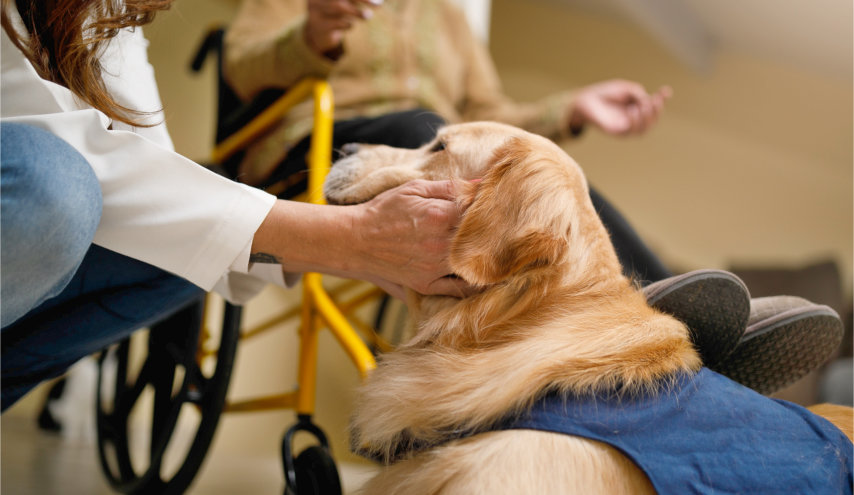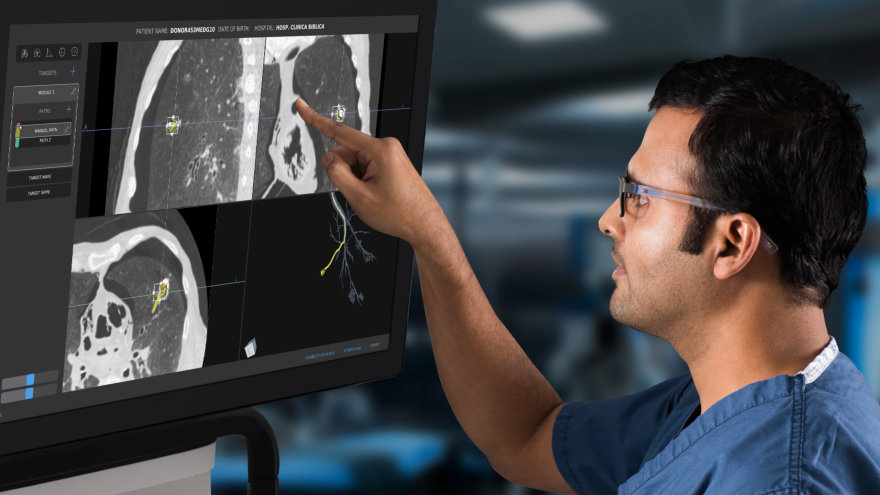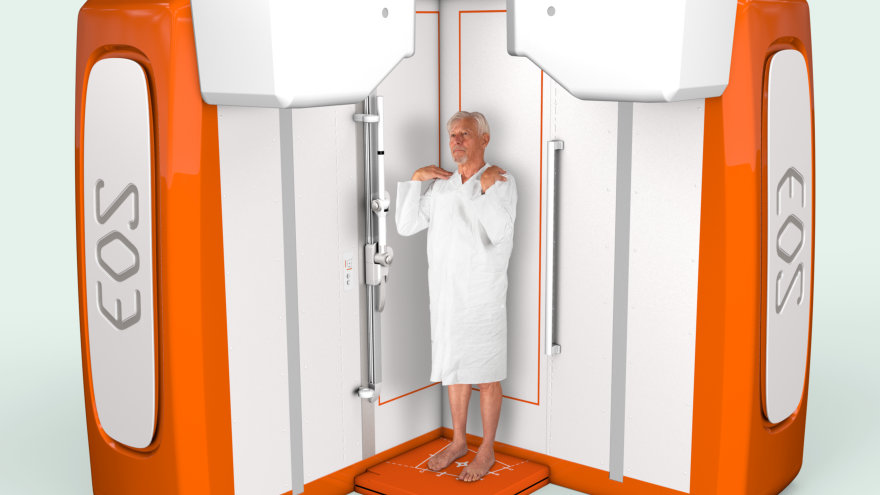NorthBay’s Medical Mission to the Philippines
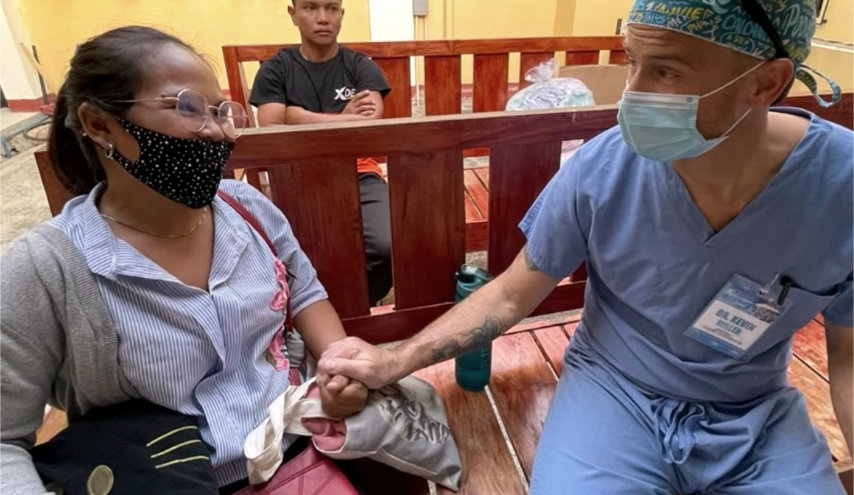
NorthBay Health’s medical providers are passionate about the care they provide to patients here in Solano County, but many are also eager to provide care to those in need abroad. Several NorthBay surgeons, surgical nurses and medical students did just that when they joined an annual medical mission to the Philippines recently.
“When I get back from one of these missions, it’s pretty much all I can talk about for three months,” said NorthBay Podiatrist Kevin Miller, D.P.M. “I’m so excited that we can provide care for people who need it the most; I just want to share the experience with everyone.”
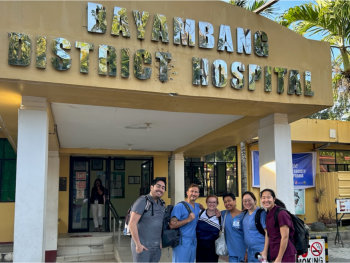 The Philippine Medical Society of Northern California’s 2024 mission to Bayambang in Pangasinan Province ran from Jan. 11 to 21 and it was Dr. Miller’s fourth trip to the country. This, however, was the first where he was able to encourage a larger group from NorthBay to join him. The contingent included vascular surgeon Melissa Loja, M.D., surgeon Leslie Olson, M.D., surgical nurses Sonia DeGuia, R.N., and Lisa Littlefield, R.N., a medical scribe and several medical residents and students associated with NorthBay.
The Philippine Medical Society of Northern California’s 2024 mission to Bayambang in Pangasinan Province ran from Jan. 11 to 21 and it was Dr. Miller’s fourth trip to the country. This, however, was the first where he was able to encourage a larger group from NorthBay to join him. The contingent included vascular surgeon Melissa Loja, M.D., surgeon Leslie Olson, M.D., surgical nurses Sonia DeGuia, R.N., and Lisa Littlefield, R.N., a medical scribe and several medical residents and students associated with NorthBay.
The local contingent joined a team of more than 150 Bay Area medical providers, including OB/GYNs, dentists, retinal experts and plastic surgeons. They worked long hours in high humidity with medical supplies that were low or missing altogether, but through the week-long mission they were able to care for nearly 7,100 patients.
“I do this to give back to the Philippine community,” Dr. Miller explained. “It’s such a welcoming culture. My wife is Filipino and her family has embraced me like a son. It’s important for my sons to see that we should give back, because there is such a need for service in the world.”
Dr. Miller’s enthusiasm was a large reason why Lisa signed up. “I had heard a lot about it and I’ve never done anything quite like this before.” The experience? Lisa said it was tough because it was hot, humid, there was a shortage of supplies, and she didn’t speak the language. “But yes, I’d do it again in a heartbeat.”
The mission goes to a different region in the Philippines every January. Volunteers use their vacation time and pay for their airfare and hotels, but logistics, transportation and meals are arranged by the area’s mayor, civic leaders and “some retired Filipino RNs, true saints,” Dr. Miller said.
Many of the 7,100 who showed up at the small hospital and outpatient facility during the mission had waited a long time for care.
“Filipinos can’t get medical care until they can pay for it,” Dr. Miller explained. “If someone has a broken limb, they can’t get it fixed until they can give the doctor the plates and screws that they’ve bought. That’s why, before I go, I do a lot of recruiting for donations. I brought about $50,000 in donations of medical equipment with me on this trip, including plates, screws, crutches and antibiotics.”
Lisa also brought almost 30 pounds of donated pain killers — bottles of Advil, Tylenol, Motrin and children’s aspirin — all of it contributed by co-workers.
Sonia brought not only Costco-sized bottles of pain killers, but also children’s vitamins and diapers. “We do it for one purpose: to help the poorest of the poor. And they were so grateful; they repaid us with baskets of fruits from their back yard.”
Some of the fractures Dr. Miller treated were new and others were months, even years old.
“We did 20 orthopedic surgeries in four and a half days, and more than 80 major surgeries overall,” he said.
At least two cases really left an impact on the orthopedic team.
“I treated a 14-year-old girl with a club foot — it was turned all the way backward,” Dr. Miller recalled. “She was being bullied at school and it was a difficult situation for her and her family. I reconstructed her foot and was able to put it back in the correct position.”
“The girl’s family had to rent a Jeep just to get her home,” Lisa added. “She had just had major surgery and was in pain, but not complaining. She was fine with just Tylenol, and was grateful to have even that. When her family loaded her into the Jeep, they put her in a patio lounge chair, no seat belt, and all I could think was, ‘Don’t bump her foot!’”
Dr. Miller also successfully treated a 2-year-old girl who was born with second, third and fourth toes that were fused together. “That one was really gratifying.”
Dr. Loja’s vascular surgery expertise was called upon to help locate a bleed on a patient who had had a hysterectomy. “She was so calm. I watched her methodically control and stop the bleed. The patient was stabilized and did well. That was pretty awesome,” Dr. Miller said.
Each day started at about 6:15 a.m., when the crew gathered for a 45-minute bus ride to the hospital. The teams worked 10 to 12 hours or longer, and then rode the bus back to the hotel, where they were served a meal and were treated to some entertainment.
Sonia, who speaks Tagalog, quickly connected with hospital staff.
“She was having a blast, building a rapport with the local OR crew, helping to keep things moving and getting supplies,” Lisa said.
“It helped that I also know the dialect and so patients were able to open up more to me,” Sonia said.
That rapport is something Dr. Miller has witnessed on all his medical missions. “You’re working with people you may have worked with in the past, and there’s a real camaraderie that develops. You make life-long friends.”
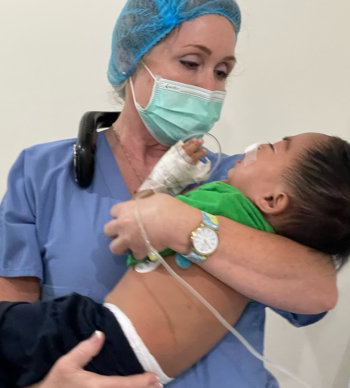 Lisa agreed. “You see humanity at its best and its worst. Conditions are difficult; the patient to nurse ratio was like 12-1. There might be as many as six to eight patients per room, along with family members, so conditions were crowded, and with only one restroom for all. But the patients were so appreciative, grateful. They’d help each other out, share their food. It’s their culture, to take care of each other. It was refreshing.”
Lisa agreed. “You see humanity at its best and its worst. Conditions are difficult; the patient to nurse ratio was like 12-1. There might be as many as six to eight patients per room, along with family members, so conditions were crowded, and with only one restroom for all. But the patients were so appreciative, grateful. They’d help each other out, share their food. It’s their culture, to take care of each other. It was refreshing.”
On the final night, the mayor and other officials held a grand thank-you celebration for the volunteers. “It was nice to be part of a big cheering section of NorthBay people,” Lisa admitted.
“The experience was life-changing for the patients, but for me too,” she added. “It warms your heart, seeing how grateful everyone was.”
NorthBay Health’s medical providers are passionate about the care they provide to patients here in Solano County, but many are also eager to provide care to those in need abroad. Several NorthBay surgeons, surgical nurses and medical students did just that when they joined an annual medical mission to the Philippines recently.
“When I get back from one of these missions, it’s pretty much all I can talk about for three months,” said NorthBay Podiatrist Kevin Miller, D.P.M. “I’m so excited that we can provide care for people who need it the most; I just want to share the experience with everyone.”
The Philippine Medical Society of Northern California’s 2024 mission to Bayambang in Pangasinan Province ran from Jan. 11 to 21 and it was Dr. Miller’s fourth trip to the country. This, however, was the first where he was able to encourage a larger group from NorthBay to join him. The contingent included vascular surgeon Melissa Loja, M.D., surgeon Leslie Olson, M.D., surgical nurses Sonia DeGuia, R.N., and Lisa Littlefield, R.N., a medical scribe and several medical residents and students associated with NorthBay.
The local contingent joined a team of more than 150 Bay Area medical providers, including OB/GYNs, dentists, retinal experts and plastic surgeons. They worked long hours in high humidity with medical supplies that were low or missing altogether, but through the week-long mission they were able to care for nearly 7,100 patients.
“I do this to give back to the Philippine community,” Dr. Miller explained. “It’s such a welcoming culture. My wife is Filipino and her family has embraced me like a son. It’s important for my sons to see that we should give back, because there is such a need for service in the world.”
Dr. Miller’s enthusiasm was a large reason why Lisa signed up. “I had heard a lot about it and I’ve never done anything quite like this before.” The experience? Lisa said it was tough because it was hot, humid, there was a shortage of supplies, and she didn’t speak the language. “But yes, I’d do it again in a heartbeat.”
The mission goes to a different region in the Philippines every January. Volunteers use their vacation time and pay for their airfare and hotels, but logistics, transportation and meals are arranged by the area’s mayor, civic leaders and “some retired Filipino RNs, true saints,” Dr. Miller said.
Many of the 7,100 who showed up at the small hospital and outpatient facility during the mission had waited a long time for care.
“Filipinos can’t get medical care until they can pay for it,” Dr. Miller explained. “If someone has a broken limb, they can’t get it fixed until they can give the doctor the plates and screws that they’ve bought. That’s why, before I go, I do a lot of recruiting for donations. I brought about $50,000 in donations of medical equipment with me on this trip, including plates, screws, crutches and antibiotics.”
Lisa also brought almost 30 pounds of donated pain killers — bottles of Advil, Tylenol, Motrin and children’s aspirin — all of it contributed by co-workers.
Sonia brought not only Costco-sized bottles of pain killers, but also children’s vitamins and diapers. “We do it for one purpose: to help the poorest of the poor. And they were so grateful; they repaid us with baskets of fruits from their back yard.”
Some of the fractures Dr. Miller treated were new and others were months, even years old.
“We did 20 orthopedic surgeries in four and a half days, and more than 80 major surgeries overall,” he said.
At least two cases really left an impact on the orthopedic team.
“I treated a 14-year-old girl with a club foot — it was turned all the way backward,” Dr. Miller recalled. “She was being bullied at school and it was a difficult situation for her and her family. I reconstructed her foot and was able to put it back in the correct position.”
“The girl’s family had to rent a Jeep just to get her home,” Lisa added. “She had just had major surgery and was in pain, but not complaining. She was fine with just Tylenol, and was grateful to have even that. When her family loaded her into the Jeep, they put her in a patio lounge chair, no seat belt, and all I could think was, ‘Don’t bump her foot!’”
Dr. Miller also successfully treated a 2-year-old girl who was born with second, third and fourth toes that were fused together. “That one was really gratifying.”
Dr. Loja’s vascular surgery expertise was called upon to help locate a bleed on a patient who had had a hysterectomy. “She was so calm. I watched her methodically control and stop the bleed. The patient was stabilized and did well. That was pretty awesome,” Dr. Miller said.
Each day started at about 6:15 a.m., when the crew gathered for a 45-minute bus ride to the hospital. The teams worked 10 to 12 hours or longer, and then rode the bus back to the hotel, where they were served a meal and were treated to some entertainment.
Sonia, who speaks Tagalog, quickly connected with hospital staff.
“She was having a blast, building a rapport with the local OR crew, helping to keep things moving and getting supplies,” Lisa said.
“It helped that I also know the dialect and so patients were able to open up more to me,” Sonia said.
That rapport is something Dr. Miller has witnessed on all his medical missions. “You’re working with people you may have worked with in the past, and there’s a real camaraderie that develops. You make life-long friends.”
Lisa agreed. “You see humanity at its best and its worst. Conditions are difficult; the patient to nurse ratio was like 12-1. There might be as many as six to eight patients per room, along with family members, so conditions were crowded, and with only one restroom for all. But the patients were so appreciative, grateful. They’d help each other out, share their food. It’s their culture, to take care of each other. It was refreshing.”
On the final night, the mayor and other officials held a grand thank-you celebration for the volunteers. “It was nice to be part of a big cheering section of NorthBay people,” Lisa admitted.
“The experience was life-changing for the patients, but for me too,” she added. “It warms your heart, seeing how grateful everyone was.”
Learn more about the Philippine Medical Society of Northern California and more about NorthBay Health.

